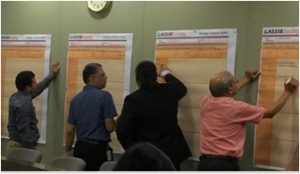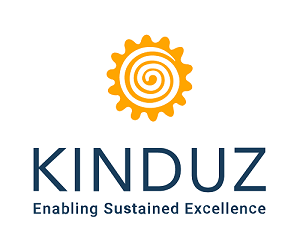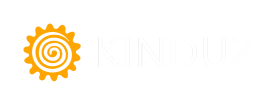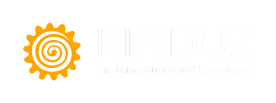[wpdm_package id=’5558′]

There was intense excitement, passion and a sense of urgency in the air as top leaders of a leading Pharma company got seated in their chairs. On this pleasant autumn afternoon, they had travelled from all over the country to be part of one meeting. One meeting to focussed on learning a new language. A language of change, language of improvement and language of growth. For this meeting, today, most of them had started their journey this morning. However, their journey towards this change had started a few years ago sitting at their own individual offices, thinking about a common theme. As leaders, each one of them were responsible for not only making their business successful but more importantly sustaining the livelihood of thousands of employees under them and ensuring effective healthcare reached their end customers. Each day as they visited their shop floor, they were aware that a single error in the manufacturing line could prove fatal to the lives of those dependant on the lifesaving drug their company manufactured. The responsibility on their shoulders was big and therefore the commitment towards change had to be bigger.
The meeting started with a monologue of why they were here. It was important for someone to set the context right. They were not here to complain about each other, or to blame the system or the government. They were here to develop a common language for change that was about to sweep their entire organization. The meeting facilitator threw some statistics on how other companies, in other fields, had improved using a similar language. He then invited the leaders to define their own projects for change. What was the Core Process they wanted to improve? What was the key strength, weakness, opportunity or threat related to that process? What was the initiative that each one of them wanted to drive in their own process? Which initiative would get them the maximum ROI? How did each initiative align to the business priorities of their organization? Each following question was heavier than the question before it. Most of the leaders had not thought about change from this perspective.
The room grew silent. Each leader was busy working on their individual plan. The sea was calm. Calm before the big storm that was just off the horizon. Slowly the waves could be felt lapping the shores. Some leaders approached the facilitator; what if we did this? What if we improved the process, reduced the defects, and increased the knowledge sharing? What if there were 10, just 10, processes which were absolutely defect free? They could easily achieve a saving of 60 crores in a year. Even though all of them were senior leaders, they could barely control their excitement about the turf they were about to enter. This meant new savings, new products, bigger customers and happier employees.


About the Author
The room grew silent. Each leader was busy working on their individual plan. The sea was calm. Calm before the big storm that was just off the horizon. Slowly the waves could be felt lapping the shores. Some leaders approached the facilitator; what if we did this? What if we improved the process, reduced the defects, and increased the knowledge sharing? What if there were 10, just 10, processes which were absolutely defect free? They could easily achieve a saving of 60 crores in a year. Even though all of them were senior leaders, they could barely control their excitement about the turf they were about to enter. This meant new savings, new products, bigger customers and happier employees.
For more details on Lean Six Sigma visit http://leansixsigma.kinduz.com
For more blogs from the author visit www.shilparoykota.com
About Lean Six Sigma International Board
Lean Six Sigma International Board is an initiative of KINDUZ Consulting with a vision to create and maintain the world’s most useful resource center and certification programs on ORGANIZATIONAL EXCELLENCE, available for the users at the lowest cost, using the principles of Gandhian Engineering
Know more at Lean Six Sigma International Board



